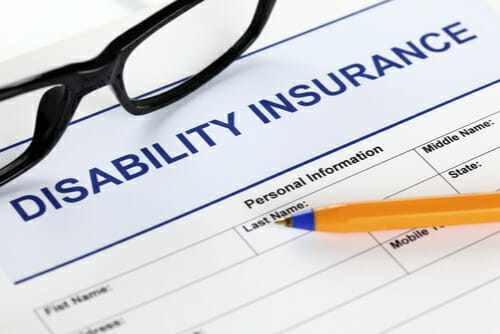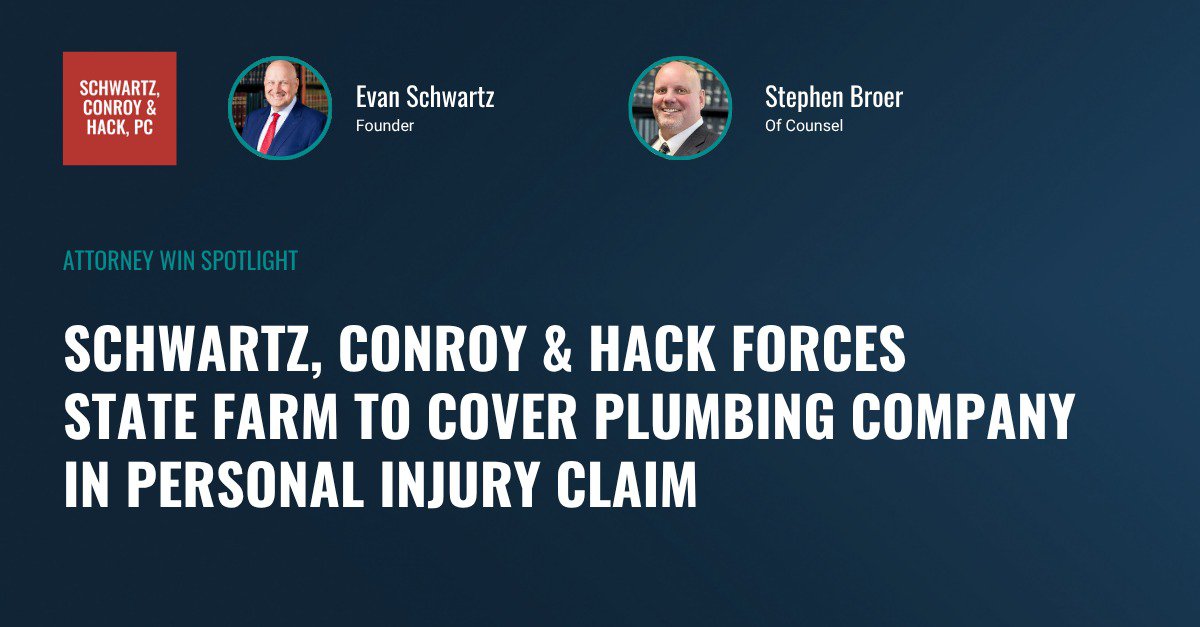{3:30 minutes to read} When making a disability claim, it is important to understand how to begin the claims process.
The first step to understanding your claims process is identifying when you became disabled. When an injury or sickness prevents you from performing your occupational duties, and coverage is triggered under your insurance policy, you become disabled.
Note: Understanding how your medical condition affects your ability to work, and when it has reached a point where you potentially could be entitled to benefits under your insurance policy, is a marriage between medicine and your occupational duties that’s best to speak with a lawyer about.
Once you’ve determined that you’re disabled, it’s time to tell the insurance company that you’re going to be making a claim. We call that giving notice or “notice of claim.”
Giving notice doesn’t mean you have to provide the insurance company with a lot of documents or forms. In fact, we counsel our clients to keep it simple. With many insurance companies, a phone call or letter that says, “Hey, I’m filing a disability claim. Can you send me the forms?” constitutes notice of claim in and of itself. If all you need to do is tell the insurance company that you’re making a claim and ask them to send you forms, don’t do more than that. Getting involved in a phone call or letter explaining everything upfront can have a legal impact that could hurt you.
When you submit the claim forms, you’re submitting “proof of loss” or “proof of your disability.” Typically, the process for proof of loss is to:
1. Fill out the claim forms;
2. Have the doctor fill out the claim forms; and
3. You sign an authorization allowing the insurance company to access medical and financial records.
The forms can be extremely complicated. Be very careful while filling them out, or consult with a qualified attorney. These proof-of-loss documents start the insurance company’s process of evaluating whether you’re entitled to benefits.
During this process, I often hear complaints from clients that the insurance company states they did not receive important information. As a result, I recommend communicating in writing with your insurance company. Keep a record of all the communications you send and receive throughout the process.
For example, if you send documents by certified or overnight mail, you have documentation that the mail was sent. That documentation will be enormously helpful, both in the submission of the claim and in your relationship with the insurance company going forward, as they evaluate the claim and decide whether to pay it.
Submitting disability claims can be confusing. By understanding the process and keeping record of your progress, either on your own or with the help of a qualified attorney, the claims process can be successfully navigated to get you the benefits you need and deserve.
Evan S. Schwartz
Founder of Schwartz, Conroy & Hack
833-824-5350
[email protected]


